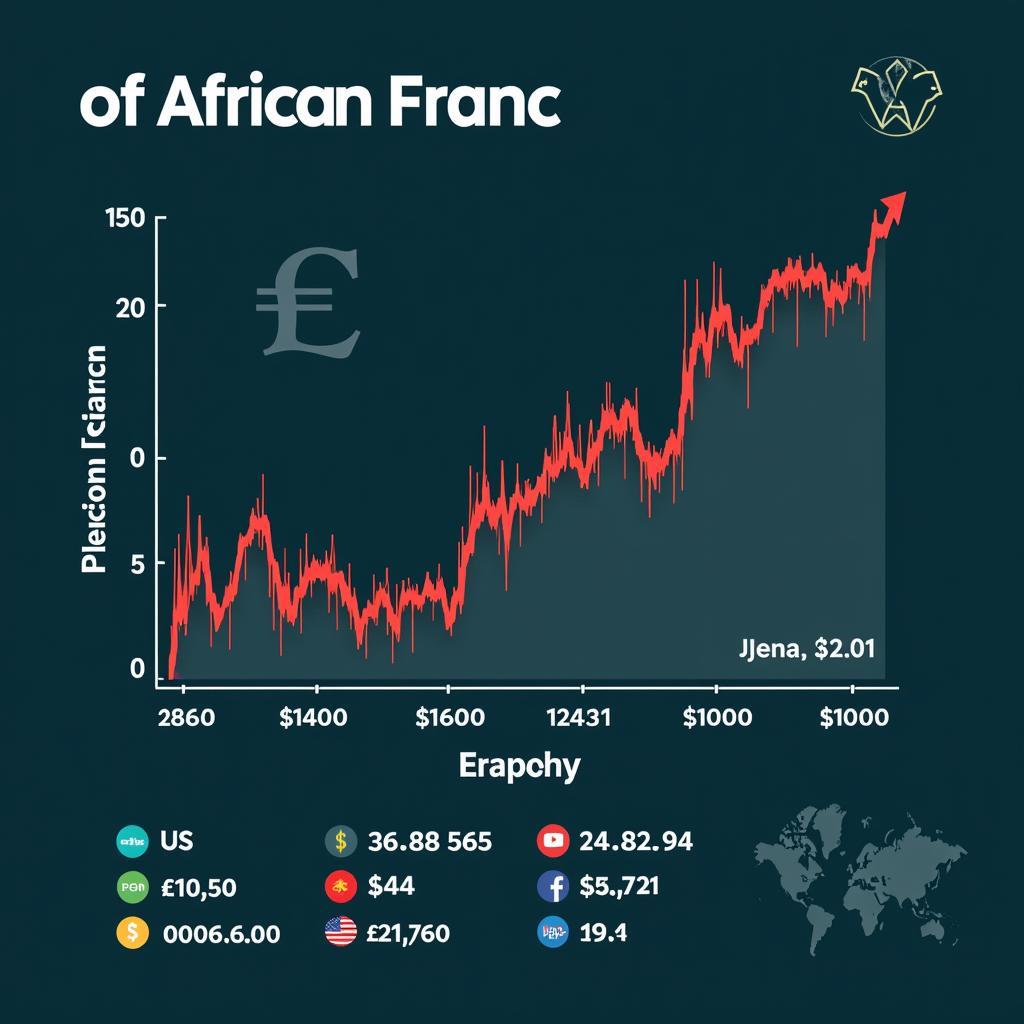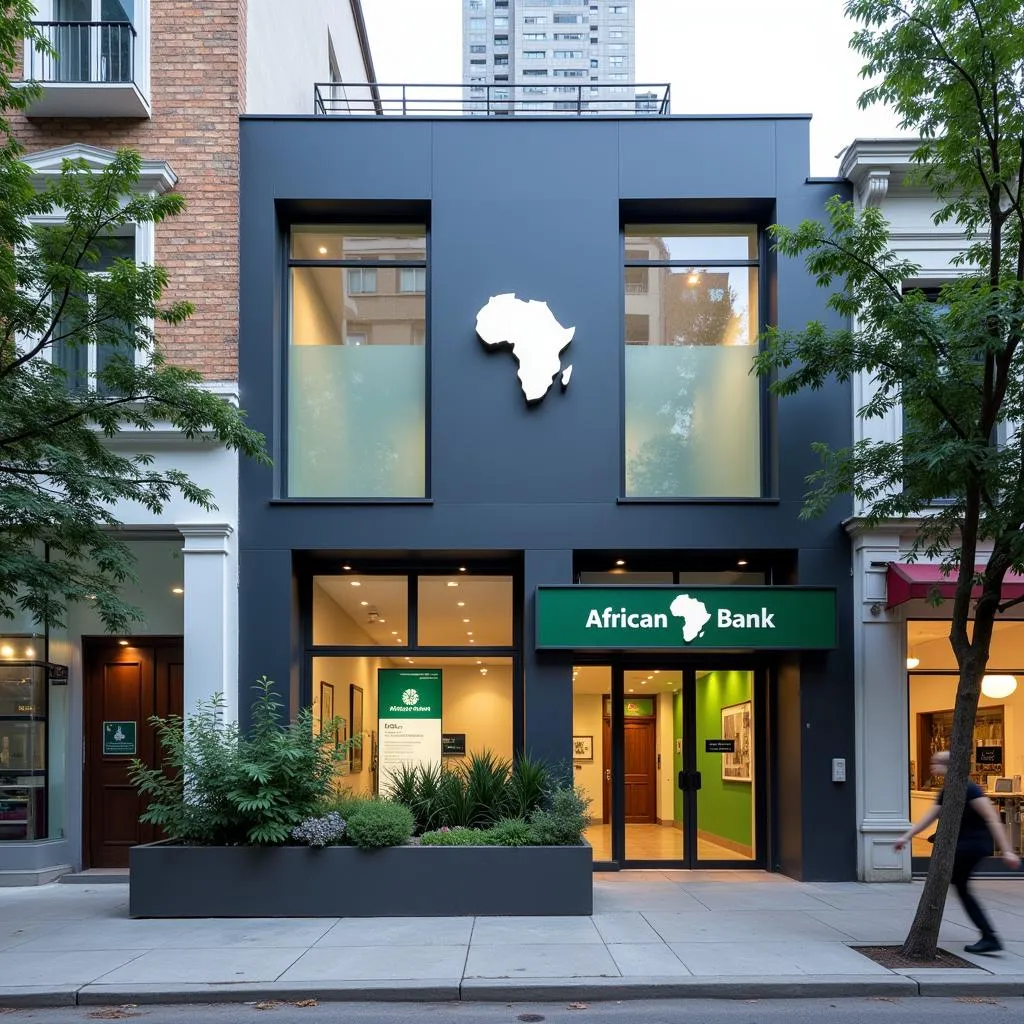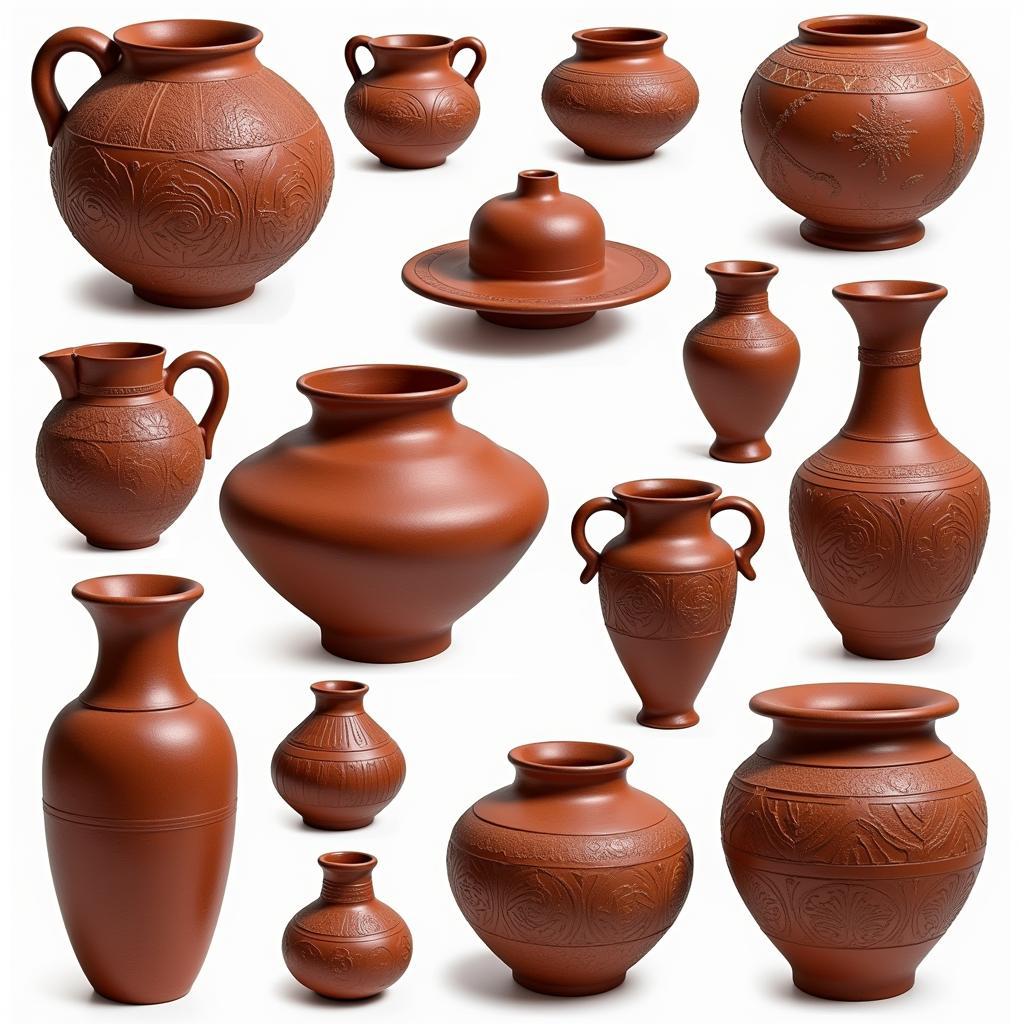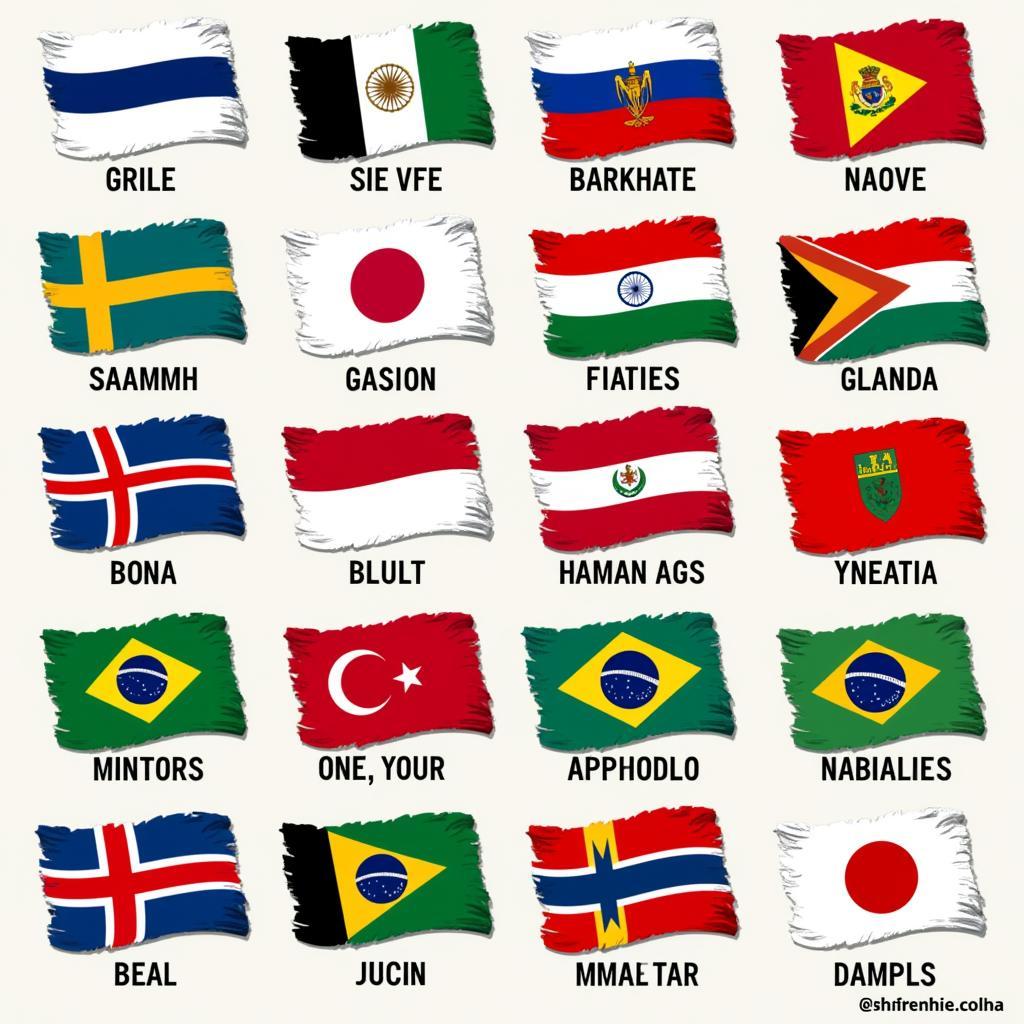Understanding the African Franc: A Currency Shared by Millions
The African Franc, often a topic of debate and discussion, is a currency shared by 14 countries in West and Central Africa. Its history and current status are deeply intertwined with the legacy of colonialism, raising questions about economic sovereignty and development in the region. This article delves into the intricacies of the African franc, exploring its origins, impact, and the ongoing discussions surrounding its future.
A Colonial Legacy: The Birth of the African Franc
The African franc’s roots can be traced back to the aftermath of World War II. As France began to relinquish its colonial grip on Africa, it sought to maintain economic influence in its former territories. In 1945, the French franc was devalued, and the “franc de la Communauté Française d’Afrique” (Franc of the French Community of Africa) was introduced. This marked the beginning of the African franc as we know it today.
Two Currencies, One Name: The CFA Franc Zones
There are actually two distinct CFA franc currencies:
- The West African CFA franc (XOF): Used by eight countries – Benin, Burkina Faso, Guinea-Bissau, Ivory Coast, Mali, Niger, Senegal, and Togo.
- The Central African CFA franc (XAF): Used by six countries – Cameroon, Central African Republic, Chad, Republic of the Congo, Equatorial Guinea, and Gabon.
Despite being separate currencies, both the XOF and XAF share key characteristics:
- Fixed Exchange Rate: Both CFA francs are pegged to the euro at a fixed exchange rate.
- Guaranteed Convertibility: France guarantees the convertibility of both CFA francs into euros.
- Central Bank Reserves: A significant portion of the CFA franc zone countries’ foreign exchange reserves are held by the French Treasury.
The Pros and Cons: Debating the African Franc
The African franc continues to be a subject of intense debate, with proponents and critics highlighting its advantages and disadvantages.
Arguments in Favor:
- Monetary Stability: The fixed exchange rate with the euro provides a level of price stability, which can be beneficial for trade and investment.
- Reduced Transaction Costs: The shared currency simplifies cross-border transactions within each CFA franc zone.
- Access to French Markets: The fixed exchange rate and convertibility guarantee can facilitate trade and investment with France.
 Market vendors interacting with customers using CFA franc banknotes
Market vendors interacting with customers using CFA franc banknotes
Arguments Against:
- Limited Monetary Sovereignty: The fixed exchange rate limits the ability of CFA franc zone countries to set their own monetary policies to respond to economic shocks.
- Dependence on France: Critics argue that the CFA franc system perpetuates a form of economic dependence on France.
- Potential for Currency Overvaluation: The fixed exchange rate can lead to the CFA franc becoming overvalued, making exports less competitive.
Looking Ahead: The Future of the African Franc
The debate surrounding the African franc is not merely academic; it has real-world implications for the economic future of the 14 countries that use it. In recent years, there have been increasing calls for reform and a move towards greater monetary independence.
Several proposals have been put forward, ranging from adopting a flexible exchange rate to creating a new, independent currency for the region. The Economic Community of West African States (ECOWAS) has plans to introduce a common currency called the “eco,” but the timeline for its implementation remains uncertain.
Conclusion: A Currency at a Crossroads
The African franc stands as a potent symbol of Africa’s complex relationship with its colonial past. While it offers some economic benefits, it also raises concerns about sovereignty and development. The future of the African franc remains uncertain as the debate over its merits and drawbacks continues. Whether it evolves, is replaced, or persists in its current form, the African franc will undoubtedly continue to shape the economic landscape of West and Central Africa.
 Graph illustrating the performance of the African franc against major currencies
Graph illustrating the performance of the African franc against major currencies
FAQs
1. What is the value of the African franc to the euro?
Both the West African CFA franc (XOF) and the Central African CFA franc (XAF) are pegged to the euro at a fixed rate of 1 euro = 655.957 CFA francs.
2. Why do some African countries still use the African franc?
There are various reasons why some countries continue to use the African franc, including historical ties, perceived monetary stability, and concerns about the potential risks of transitioning to a new currency.
3. Are there any plans to change the African franc?
Yes, there have been discussions and proposals for reforming or replacing the African franc. ECOWAS has plans to introduce a common currency called the “eco” for West African countries. However, the timeline and details of its implementation are still being finalized.
4. What are the main challenges facing the African franc?
The African franc faces challenges such as limited monetary sovereignty for participating countries, potential currency overvaluation, and ongoing debates about its role in perpetuating economic dependence on France.
5. What is the future outlook for the African franc?
The future of the African franc remains uncertain. It could potentially undergo reforms, be replaced by a new regional currency, or persist in its current form.
Need help?
Do you have more questions about the African franc or other aspects of life and culture in Africa? We’re here to assist! Contact us via:
- Phone: +255768904061
- Email: kaka.mag@gmail.com
- Address: Mbarali DC Mawindi, Kangaga, Tanzania
Our dedicated customer support team is available 24/7 to answer your questions and provide guidance.



